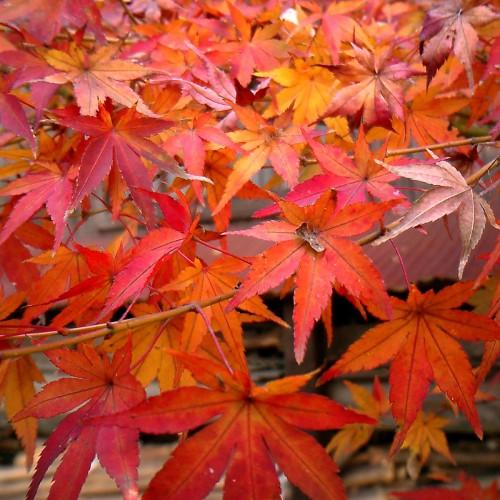
Otome Zakura Japanese Maple*
Acer palmatum 'Otome Zakura'
Cycle:
Perennial
Watering:
Average
Hardiness Zone:
6
Sun:
full sun,part shade
Leaf:
Yes
Growth Rate:
Low
Care Level:
Medium
watering
Watering Otome Zakura Japanese Maple* (Acer palmatum 'Otome Zakura') should be done on a regular basis to ensure that the plant stays healthy. During the growing season, from spring to autumn, water the tree deeply once a week if the soil is dry. Water the soil until the water begins to drain from the bottom. Do not let the soil become too soggy. In the winter, water less frequently, allowing the soil to dry out partially between waterings. Reduce the amount of water in cold weather and avoid watering if the soil is frozen.
sunlight
Otome Zakura Japanese Maple (Acer palmatum 'Otome Zakura') is best grown in full sun to partial shade, meaning it prefers a minimum of 4 to 6 hours of direct sunlight per day. However, it will tolerate some shade, especially during the hottest part of the day. The ideal time for the Otome Zakura Japanese Maple is from late morning to early afternoon, when the sun is at its peak and casting the strongest rays.
pruning
Pruning the Otome Zakura Japanese Maple involves removing unwanted branches periodically throughout the year. It is best to prune in early spring right before bud break, just before new growth appears. This is the most beneficial time as it helps achieve a desired shape and size of the tree and encourages vigorous new growth. The second best time to prune is during the summer, preferably in late July or early August. Pruning should be limited to light selective trimming of not more than 1-third the total branch and foliage mass. This will stimulate new growth and maintain the desired shape and size of the tree. It is also important to be careful when pruning as Japanese Maples are easily damaged. Too much pruning can cause shock and decrease flowering in the future. Additionally, pruning at the wrong time (e.g., late fall or winter) can cause serious damage or death to the tree.
